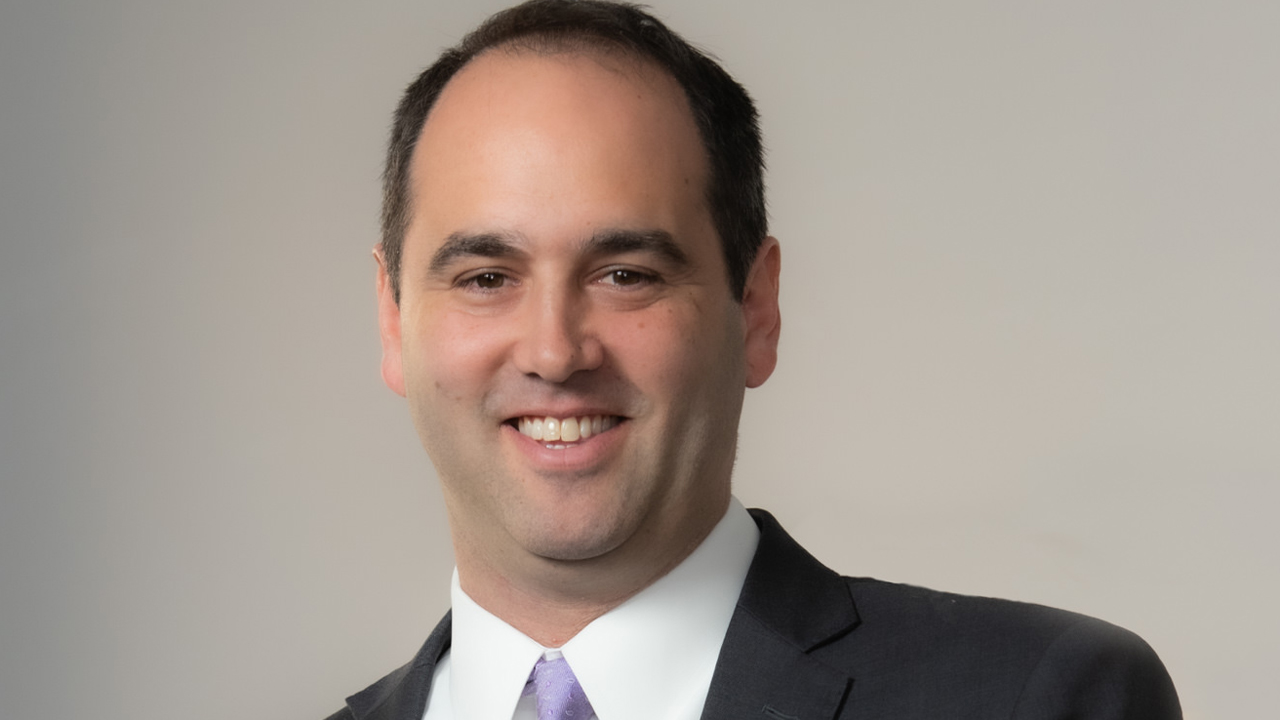
Safety: How You Function When No One is Watching
Written by Chuck Baker, President, ASLRRA
Chuck Baker, President, American Short Line and Regional Railroad Association
ASLRRA PERSPECTIVE, RAILWAY AGE APRIL 2023 ISSUE: It has been a tumultuous two months of railroad reporting, commentary, and legislative and regulatory proposals since the derailment in East Palestine, Ohio—some factual, some speculative, some helpful, some grandstanding. The incredible amount of coverage and the notable increase in attention on railroad practices is a reminder of the “social license” that railroads need to operate, and that license depends not only on actual safety but also on community relations and perception.
For the community of East Palestine or any other community impacted by a railroad accident, there is not much comfort to be found in broader railroad industry safety data, and for the public at large there is a disinclination to trust the railroad messenger. But neutral commentators agree on the data, and it should not be discounted. The Associated Press recently reported: “The railroad industry is generally regarded as the safest option for most goods, and federal data show accidents involving hazardous material are exceedingly rare.” USA Today noted: “Not only was [the Norfolk Southern] incident relatively rare, so are deaths from incidents involving hazmat cargo railcars. The last reported death from hazardous material on a train was in 2011.” This data is easy to find—a quick search on the Bureau of Transportation Statistics, Federal Railroad Administration (FRA), and Pipeline and Hazardous Materials Safety Administration (PHMSA) websites brings the indisputable facts right up.
I am pleased to say that short line industry data is in line with these facts. Over the most recent four years (2019-22), short line railroads have run an average of approximately 122 million train miles per year. Over that four-year period, derailments have declined from 298 to 254, derailments involving hazmat cars have declined from 64 to 43, and derailments involving hazmat release total only four in the four years. In that same four-year period, short lines have had only 16 derailments involving over-heated bearings. Since the typical short line moves at a slow rate of speed, these types of accidents are exceedingly rare, and when they happen, they are not very dramatic.
These facts notwithstanding, zero accidents and injuries is the goal, and we should be doing everything we can to reach that goal. The short line industry is making that effort. In 2015, in conjunction with the FRA, we established the Short Line Safety Institute (SLSI). The SLSI is a non-profit corporation dedicated to supporting short line and regional railroad safety performance with a focus on safety culture, defined as the shared values, actions, and behaviors that demonstrate a commitment to safety over competing goals and demands. In short—how you function when no one is watching. To that end, the SLSI provides Safety Culture Assessments, defined by the FRA as the “most robust model for assessing safety culture in the U.S. railroad industry.” The evaluation is structured to identify shortcomings in a railroad’s safety culture and work with managers and employees in a confidential, non-punitive atmosphere to acknowledge and address those areas of opportunity. Over the past seven years, the SLSI has completed more than 125 Safety Culture Assessments, and we believe it has played an important role in improving the way short lines think about and practice railroad safety. This program is offered at no cost to railroads and I’d encourage all short lines, passenger, commuter, historic and tourist railroads to consider utilizing this key resource.
Over the past seven years, the SLSI has completed more than 125 Safety Culture Assessments, and we believe it has played an important role in improving the way short lines think about and practice railroad safety.
With 600-plus years of staff experience in hazmat transportation safety, the SLSI also serves as a robust training resource for short lines transporting hazardous materials, also delivered at no cost thanks to grant funding. Using a PHMSA grant, the SLSI just completed its first Assistance for Local Emergency Response Training (ALERT) program at the New Orleans & Gulf Coast Railway. Local emergency responders, including the local fire and police departments, and railroad employees participated in instruction, hands-on training and interactive experienced-based discussion tailored to meet first responders’ needs.
For many years, the short line industry has emphasized the critical need to invest in railroad rehabilitation, because improving track conditions is the best way to reduce derailments. We have delivered on that need by consistently investing up to 25% or more of annual revenues back into infrastructure improvements. The federal government has been an important partner in this regard, first through enacting the 45G Short Line Rehabilitation Tax Credit, and more recently through the funding of significant infrastructure spending programs. The CRISI program has been particularly important to short lines because they are directly eligible applicants. Improving infrastructure is directly related to improving operational safety (track problems are by far the most common cause of short line derailments), and we encourage Congress to fully fund these programs.
In this moment, legislators and other stakeholders are awash with proposals to respond to East Palestine. Some of these miss the mark, some are spot-on, and there are some short lines can support if the details are realistic. Responsive, relevant and reasonable proposals include increasing the number of inspectors and track geometry cars, phasing out older tank cars, improving procedures for training and qualifying individuals responsible for maintaining and responding to hot box detectors, and expanding the definition of high-hazard flammable trains to include Class II flammable liquids, to name a few. Although not legal or regulatory changes, we think increased participation in initiatives like RailPulse, AskRail and FRA’s Close Call Reporting System would yield benefits too. Other recommendations will surface in the coming weeks and months and the short line industry is committed to being a constructive participant in whatever dialogue takes place.
Of course, there are proposals that bear no relationship to incidents—like mandating crew size, which increases cost with no impact on safety. And ECP brakes, which has already been studied and discarded. And proactive notification of every single hazmat shipment, which would be obviously counterproductive. And there is a proposal to ban LNG by rail, which simply shifts the traffic from rail to truck where accident rates are far higher and where highway congestion is already a significant problem. The public interest is best served if those empowered to make legal and regulatory changes stick to the changes that can make a positive difference.



